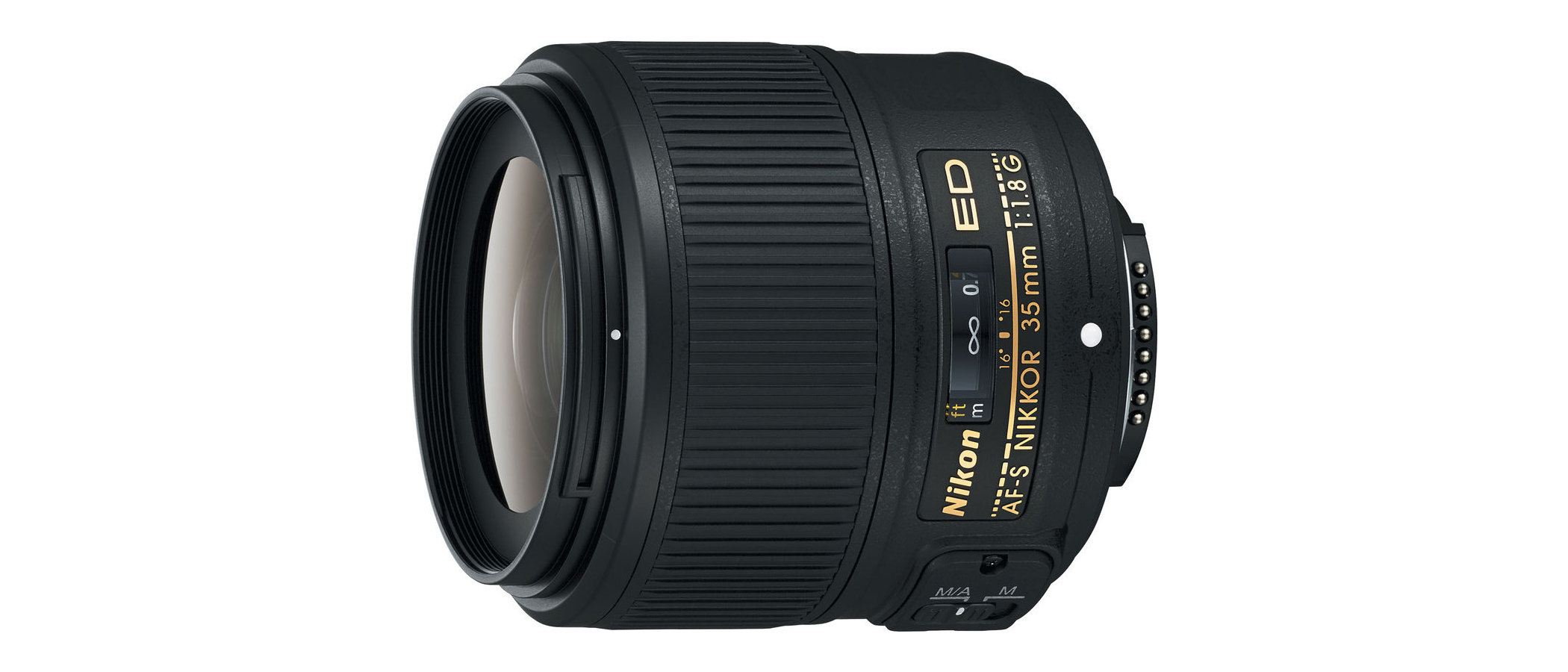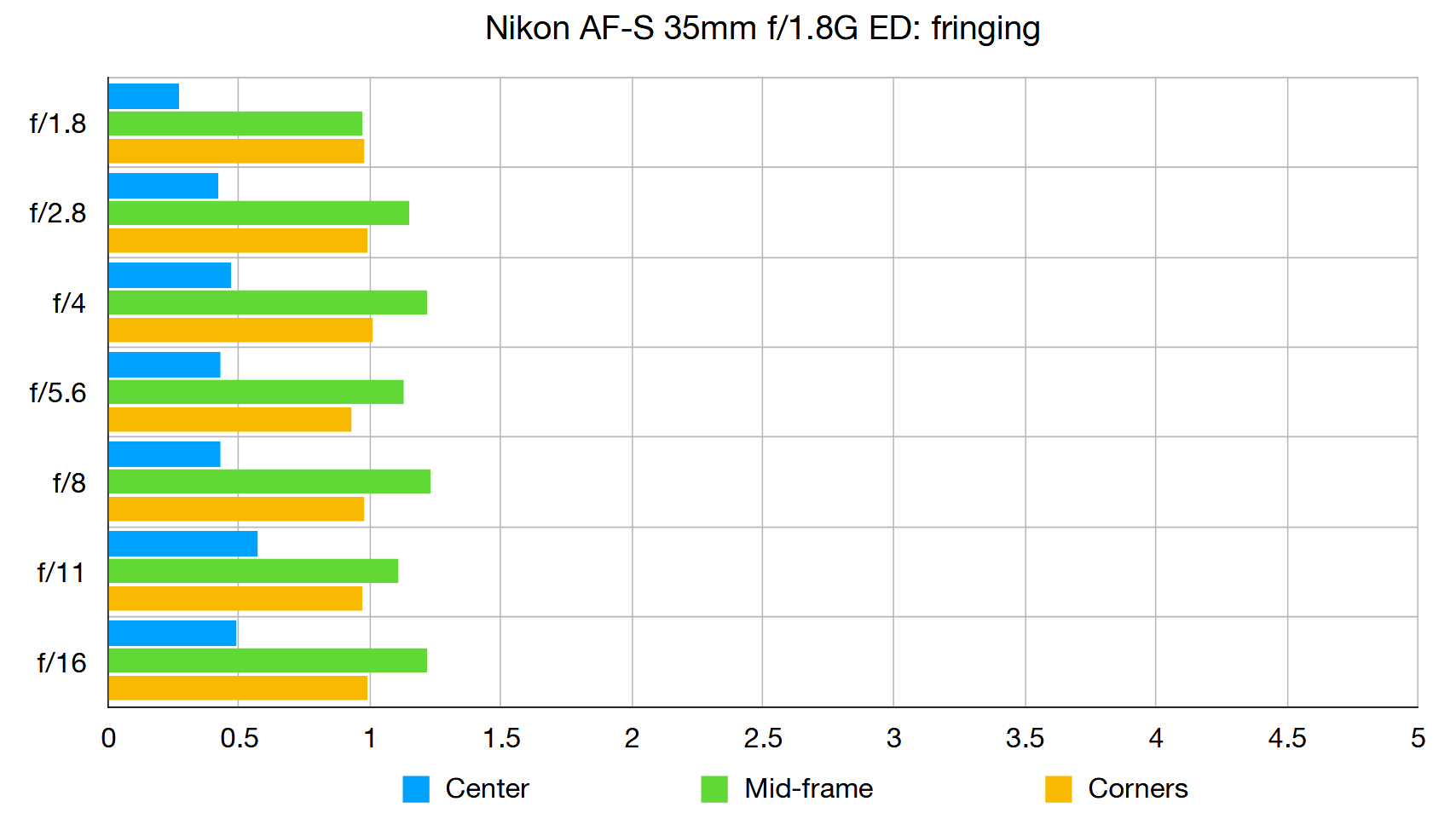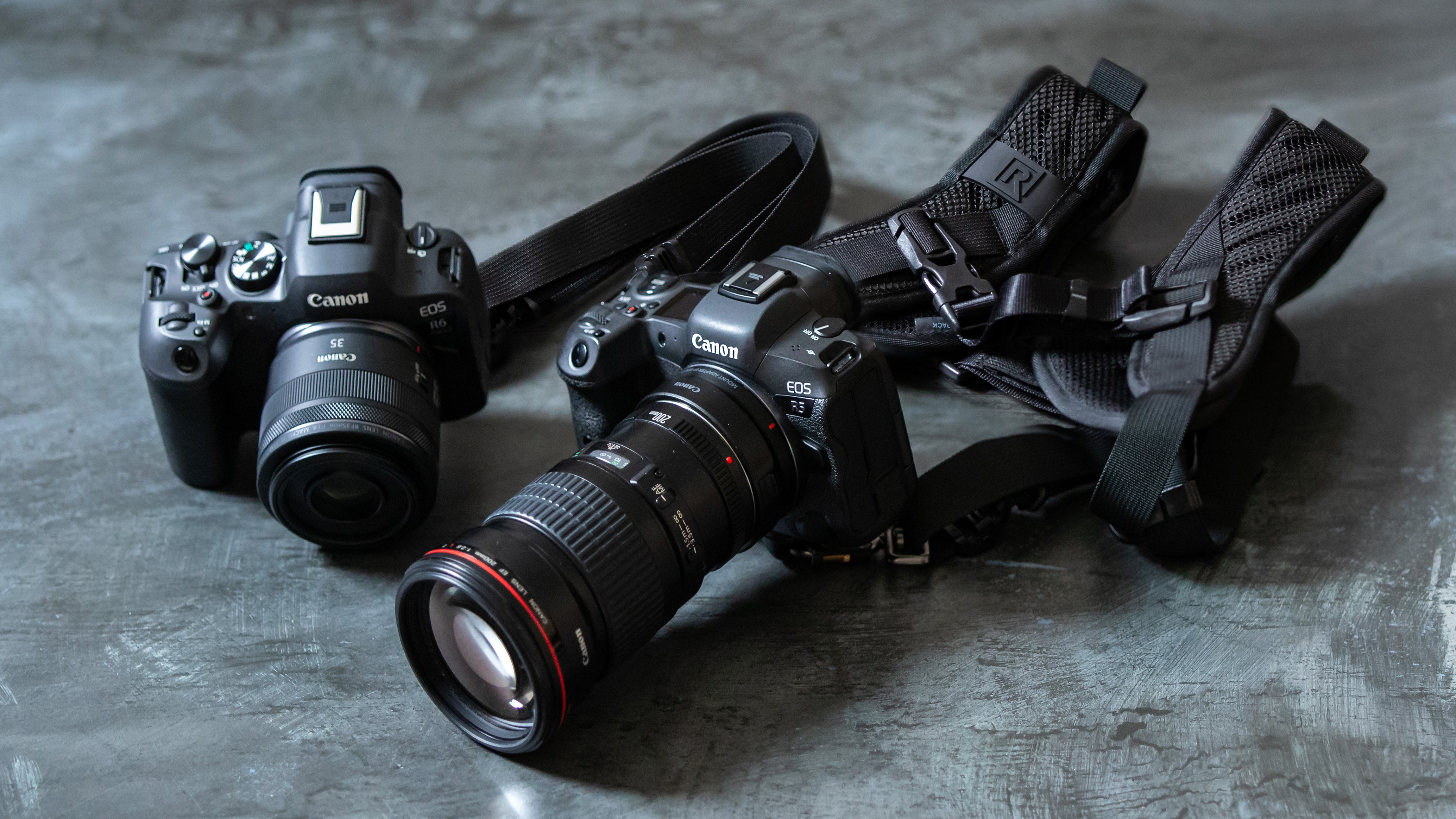Digital Camera World Verdict
A 35mm focal length is often seen as ideal for street photography and this compact, lightweight Nikon lens fits the bill admirably. With a diameter and length of 72mm and weighing in at just 305g, it’s great for walkabout shooting. Autofocus is fast and whisper-quiet, and image quality is very good with the exception that corner-sharpness is only mediocre. All in all, it’s a highly attractive lens and good value at the price.
Pros
- +
Compact and lightweight
- +
Reasonably priced
- +
Good overall performance
Cons
- -
Lackluster corner-sharpness
- -
No optical stabilization
- -
Not extensively weather-sealed
Why you can trust Digital Camera World
The Nikon AF-S 35mm f/1.8G ED makes a great travel companion. It’s small and lightweight, and gives a very natural yet slightly wide-angle field of view. Meanwhile, the f/1.8 aperture enables quick shutter speeds even under low lighting conditions, as well as a fairly tight depth of field when shooting at short focus distances, down to just 0.25m.
Read more:
The best Nikon lenses
The best 35mm lenses
The best cameras for street photography
Specifications
Mount: Nikon F (FX)
Full-frame: Yes
Autofocus: Yes
Stabilisation: No
Lens construction: 11 elements in 8 groups
Angle of view: 63 degrees
Diaphragm blades: 7
Minimum aperture: f/16
Minimum focusing distance: 0.25m
Maximum magnification ratio: 0.24x
Filter size: 58mm
Dimensions: 72x72mm
Weight: 305g
Key features
The optical layout is based on 11 elements in 8 groups, and features one aspherical element and one ED (Extra-low Dispersion) element. Nikon’s conventional Super Integrated Coating is employed to reduce ghosting and flare. The 7-blade aperture diaphragm is fairly well-rounded but gives a noticeable heptagonal outline to defocused pinpricks of light when stopping down.
Autofocus is based on the same type of ring-type ultrasonic system that’s featured in all of the other lenses on test. It’s fast, effective and whisper-quiet, as well as having the usual full-time manual override. Manual focusing is aided by a distance scale but it’s of limited benefit, with no markings between 0.7m and infinity, the positions of which are very close in terms of rotational adjustment of the focus ring. Accurate zone focusing therefore isn’t really an option. On the plus side, the usual directional indicators for manual focusing are available in the viewfinder of Nikon DSLRs.
Performance
Center-sharpness is very good when shooting wide-open at f/1.8 and becomes excellent at f/2.8 and narrower apertures. Corner-sharpness is pretty poor at f/1.8 and only really gets into its stride at f/4. Color fringing is very minimal and there’s only a touch barrel distortion. Overall, this is a little lens that goes large in performance.
Lab results
We run a range of lab tests under controlled conditions, using the Imatest Master testing suite. Photos of test charts are taken across the range of apertures and zooms (where available), then analyzed for sharpness, distortion and chromatic aberrations.
We use Imatest SFR (spatial frequency response) charts and analysis software to plot lens resolution at the center of the image frame, corners and mid-point distances, across the range of aperture settings and, with zoom lenses, at four different focal lengths. The tests also measure distortion and color fringing (chromatic aberration).
Sharpness:
Center-sharpness is excellent at most aperture settings, only really dropping off when shooting wide-open at f/1.8. For the best corner-sharpness, you really need to shoot at apertures of f/5.6 to f/11.
Fringing:
The best camera deals, reviews, product advice, and unmissable photography news, direct to your inbox!
Color fringing is very negligible, even at the extreme edges and corners of the image frame. The Nikon does very well in this respect.
Distortion: -1.34
The minor level of barrel distortion will generally go unnoticed and, for architectural photography and similar scenarios, it’s of a very uniform nature and easy to correct.
Verdict
A 35mm focal length is often seen as ideal for street photography and this compact, lightweight Nikon lens fits the bill admirably. With a diameter and length of 72mm and weighing in at just 305g, it’s great for walkabout shooting. Autofocus is fast and whisper-quiet, and image quality is very good with the exception that corner-sharpness is only mediocre. All in all, it’s a highly attractive lens and good value at the price.
Read more:
• Best camera lenses to get
• Best Canon lenses
• Best Nikon lenses
• Best Sony lenses
Matthew Richards is a photographer and journalist who has spent years using and reviewing all manner of photo gear. He is Digital Camera World's principal lens reviewer – and has tested more primes and zooms than most people have had hot dinners!
His expertise with equipment doesn’t end there, though. He is also an encyclopedia when it comes to all manner of cameras, camera holsters and bags, flashguns, tripods and heads, printers, papers and inks, and just about anything imaging-related.
In an earlier life he was a broadcast engineer at the BBC, as well as a former editor of PC Guide.




